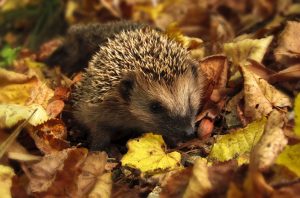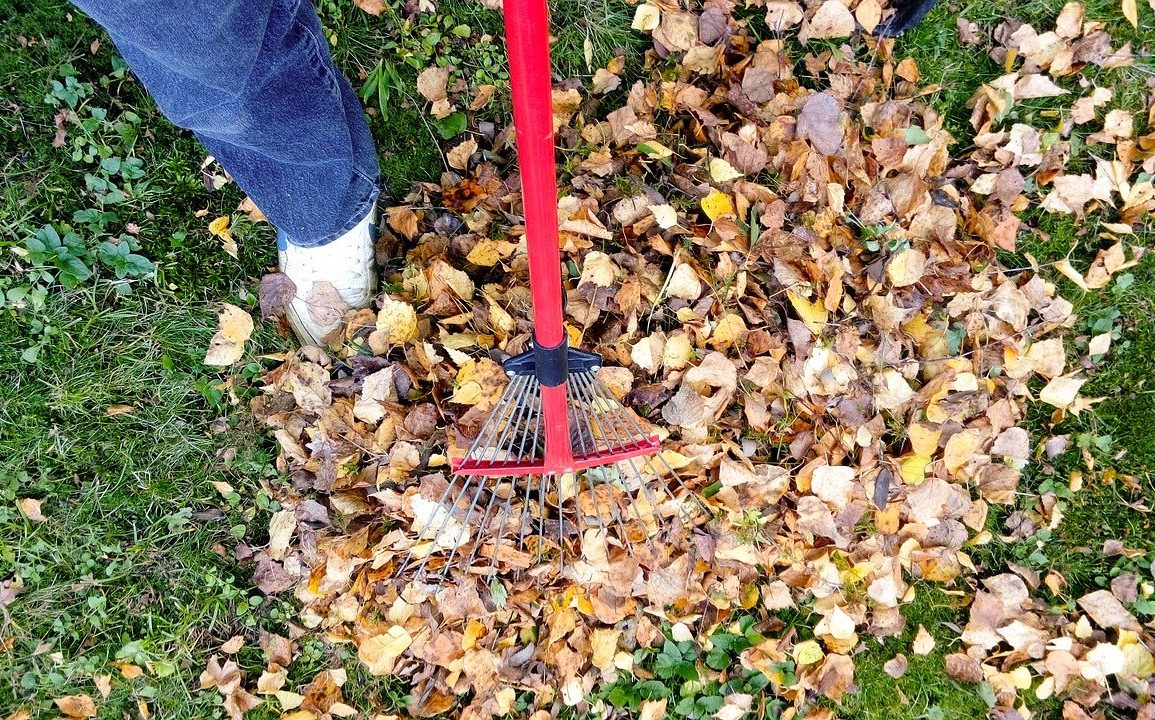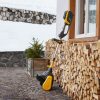Tips for Your Eco Garden in November – Winter in the wings – leaves are falling, rain lashing and the cold winds are blowing.
Look after your tender plants, which need protecting from frost, gales and freezing rains. Move plants into the greenhouse if possible, or into a sheltered spot. Large tubs that are at risk of cracking in the frost should be covered with bubble wrap, hessian or fleece, to insulate them over the winter.
Things to do…
Flowers – This is the time to plant your tulip bulbs. Some tulips come up blooming every year, some perform less well, are treated as bedding, and replaced every year. But they produce a lovely display, so it’s well worth popping in those bulbs.
Now is the last chance to plant out winter bedding. You could try wallflowers, forget-me-nots, Bellis, Primula, Viola (winter pansies) and other spring bedding plants, planting them into well- prepared ground, or pots of suitable compost.
Root cuttings can be taken in November and throughout the winter. Papaver (perennial poppies), Verbascum (mullein) and Phlox are suitable examples.
Wet September and October weather will have made many clay soils unworkable until spring. Mulching will help to improve and maintain soil structure.
Do not feed plants this late in the season, as they are no longer growing and the nutrients may be washed into rivers and streams by winter rain.
Trees and shrubs – Protect newly planted trees, hedges and shrubs from wind and cold. A temporary netting windbreak is sufficient where there is no natural shelter. Straw, bracken, or something similar can be used to pack around deciduous plants and protect them from frost. A wooden frame with clear polythene stretched over it can do a similar job without blocking light from evergreens, but don’t let the polythene touch the foliage, as condensation at these points could freeze, or cause rot.
Lightly prune bush roses now, if not done already, as reducing their height will prevent wind-rock. Roses are generally shallow-rooted and can become loose in the soil if buffeted by strong winds.
Rabbits, deer, and squirrels can be a nuisance, as the weather gets colder, gnawing the bark from shrubs and trees. Placing guards around new woody plants is advisable.
Houseplants – Cacti and succulents need a period of relative dormancy over the winter: keep them barely moist, and do not feed. Resume normal care next spring to bring them back into active growth and flowering.
Greenhouse – Maintaining some air movement in the greenhouse or conservatory, even when the weather is cold, will help to reduce problems with fungal diseases such as Botrytis (fluffy grey mould). Opening vents slightly (but not enough to create damaging draughts) in the morning, and then closing them in the early afternoon to conserve heat, will provide enough ventilation to help keep fungal problems at bay.
Lawns – Mowing will help to deal with any annual weeds that have sprung up in new lawns sown earlier in the autumn. Leave at an inch height and mow when the weather permits.
Avoid walking on lawns on frosty mornings. It can damage the grass and often leads to brown footprint-shaped marks.
Ponds – Stop feeding fish once the cold weather sets in. Watch out for hungry herons – they will deplete fish stocks quickly. Nylon strings strung across the edges of the pond (where they often wait for fish) can deter them from approaching the water.
Upcycling – Such imagination from Smithers of Stamford if you are looking for some quirky additional seating for the festive season ahead why not add an oil drum seat. Fabricated from an old oil drum, this unique accessory that can be used indoor or outdoor.
Birds and Wildlife – Every year an unknown number of hedgehogs die or suffer horrific injuries because bonfire piles are not checked before being lit. To save hedgehogs and other wildlife from appalling suffering the British Hedgehog Preservation Society (BHPS) urges that bonfires should not be built until the day you are going to light them.


Remember winter can be a tough time for birds in terms of water and food, so keep supplies well topped up. A gift idea for the gardeners in your life, check out the Dew Drop Bird Box a delightfully simple and elegant nesting box handmade from sweet chestnut and birch ply. There are two sizes available – the small size suits tits, tree sparrows and pied flycatchers, with the large size suitable for house sparrows, nuthatches, and starlings.
Lilly Light


